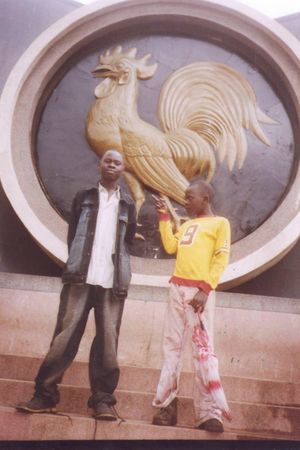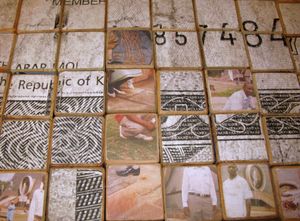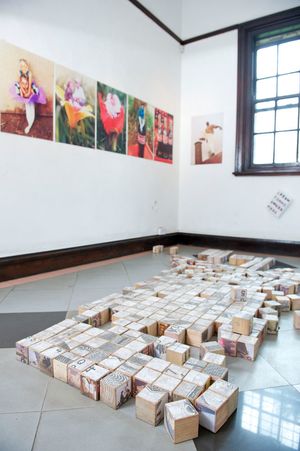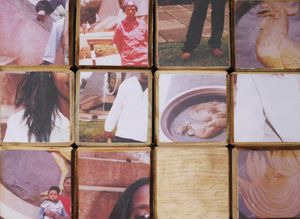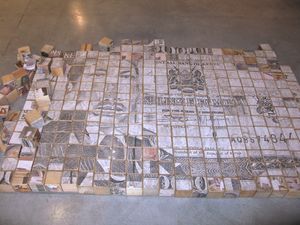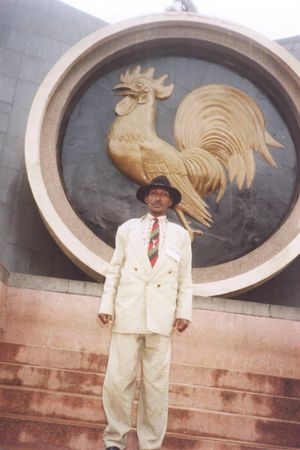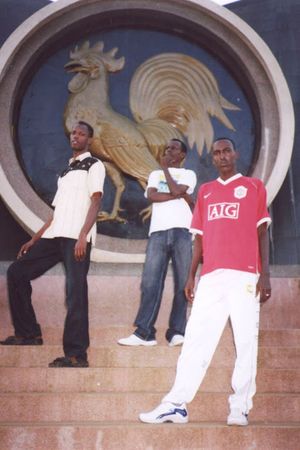Samson’s Dead Stock: A Matrix of Remembering and Forgetting
2009
There is something beautiful in the way this repository of images has developed, not through choice, but rather by default; the photos were selected by being forgotten or abandoned by the people who had commissioned them.
This knowledge about the provenance of the photos makes them so loaded with potential meaning. A photo of a romantic couple suddenly seems so mysterious. If they were that happy, why did they not come and collect the picture as a testimony to this happiness? Did she leave him for another man? Can you even see that in her eye, the glint of infidelity? The anonymous individuals spring to life in the imagination.
But it was not only the mysterious nature of their neglect that intrigued me about these images. The photos had been taken at a site which itself was dedicated to remembering. The ‘Nyayo Monument’ honours the ‘Nyayo’ period, the first ten years of Daniel Arap Moi’s presidency. Yet this was not a regime without its problems, and allegations of brutality and corruption. Why had these smiling couples come to the monument in the first place?
Seen in this light Samson’s ‘dead stock’ becomes like a matrix of remembering and forgetting. It is an archive of photos, which have been taken to remember an occasion, yet forgotten for an unknowable reason. And they have been forgotten, at a monument of commemoration to a period that some Kenyans would probably rather forget about.
Thanks to: Samson (Photographer). Supported by: Goethe Institut Nairobifull project
